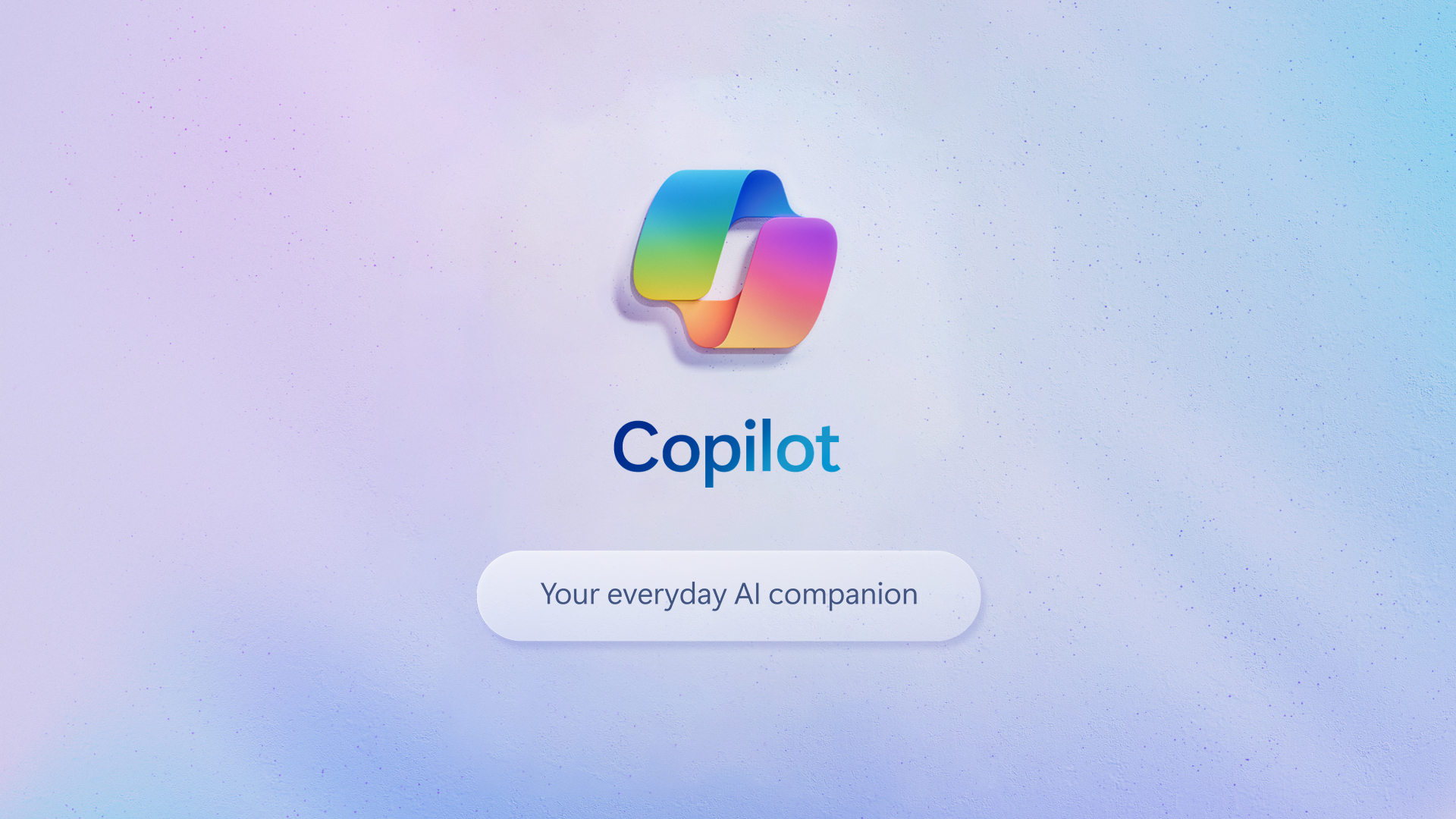Artificial intelligence (AI) continues to embed itself into our daily lives, powering everything from search engines to productivity tools. Microsoft, a major player in the AI space, has introduced Copilot, an AI assistant designed to boost creativity and productivity for Windows 11 users. Copilot is more than just a chatbot; it’s capable of generating text, images, and even code to assist users in various tasks.
Getting started with copilot
To access Copilot, ensure you’re running the latest version of Windows 11 and look for the Copilot button on the taskbar. Alternatively, you can use the Win+C keyboard shortcut or find it in the Start menu.
Text and image generation
Copilot is proficient in generating text content. Whether you need a short poem, an introduction for a cover letter, or an email to a coworker, Copilot can assist. Users can select from conversation styles such as More Creative, More Balanced, or More Precise to customize the AI’s responses. Additionally, Copilot can answer questions and provide information by leveraging its connection to Bing and the web, making it a valuable resource for travel advice, recipes, and DIY tips. Each response comes with source links for reference, and users can easily continue or reset conversations.
Moreover, Copilot can generate code in various programming languages. Simply describe what you want the code to do, and Copilot will provide formatted code snippets that can be copied and pasted. The AI assistant allows for edits and tweaks, streamlining the development process.
One of Copilot’s standout features is its integration with Dall-E, enabling it to create images. Users can describe what they want in an image and specify a style, and Copilot will present four options. Users can further modify the image by adding or removing elements and adjusting colors. This image generation capability extends to uploading existing images, where Copilot can provide information about the content or use them as the basis for new images.
Windows 11 integration
Copilot’s true strength lies in its integration with the Windows 11 operating system. It can open programs, offer guidance on their usage, and assist with troubleshooting. Users can issue commands like “mute volume,” “turn on do not disturb,” or “turn on dark mode” to control system settings directly. Copilot can also access specific options screens, making it a convenient way to manage system configurations.
While Copilot excels in system-level tasks, it currently lacks the ability to interact with elements within applications, even those developed by Microsoft. Expanding this functionality to include app-specific actions could enhance its utility as a digital AI assistant.
Microsoft’s Copilot is a promising addition to Windows 11, offering users a versatile AI assistant that can generate text, images, code, and assist with various tasks. Its integration with the operating system enhances its functionality, making it a valuable tool for improving productivity and simplifying system management. As Copilot continues to evolve, it holds the potential to become an indispensable companion for Windows 11 users, streamlining their digital interactions and creative endeavors.





